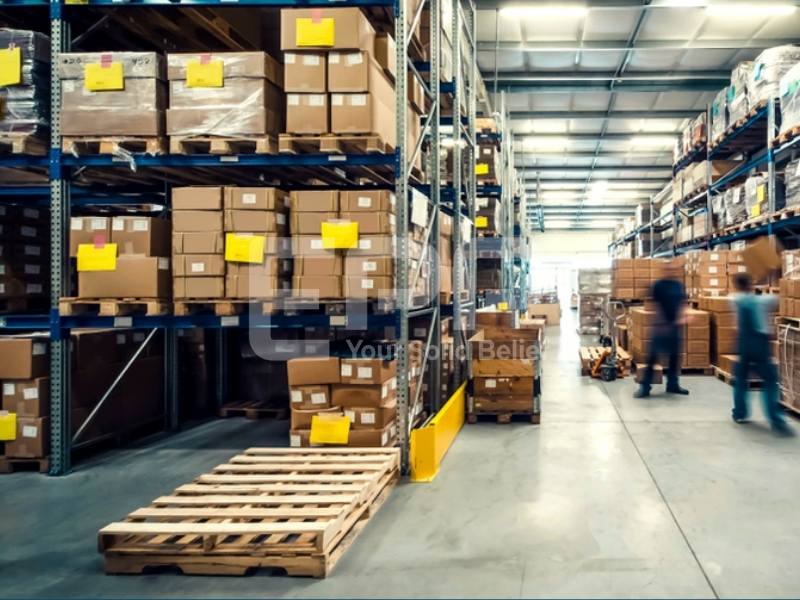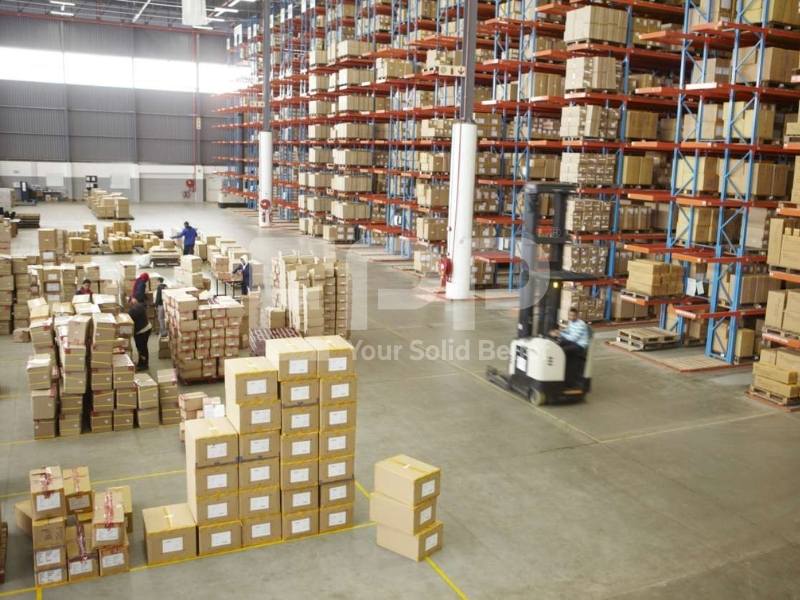Public warehouse solutions are transforming the way growing companies manage logistics, inventory, and distribution. As businesses scale, they often face challenges related to space, cost, and operational complexity. Public warehouses offer a flexible, cost-effective alternative to owning or leasing private facilities, making them an ideal choice for startups, SMEs, and expanding e-commerce brands. In this article, we’ll explore what public warehouses are, the logistics pain points they solve, and how they can support sustainable business growth.
What Is a Public Warehouse?

A public warehouse is a storage facility operated by a third-party logistics provider that rents space and services to multiple businesses. Unlike private warehouses, which are owned and managed by a single company, public warehouses offer shared access to infrastructure, staff, and technology. This model allows businesses to store goods, manage inventory, and fulfill orders without the burden of long-term commitments or capital investment.
Public warehouses are typically located near major transport hubs—such as ports, highways, or industrial zones—making them ideal for fast and efficient distribution. They cater to a wide range of industries, including retail, manufacturing, import/export, and e-commerce. Services often include inventory tracking, packing, labeling, returns handling, and even specialized storage for items like FIBC bags (Flexible Intermediate Bulk Containers), which require bulk handling capabilities.
Logistics Pain Points for Growing Companies
As companies expand, their logistics operations become more complex. One of the most common issues is inventory overflow—businesses simply run out of space to store their products. Seasonal fluctuations in demand can also create challenges, requiring rapid adjustments in storage capacity. Additionally, many growing companies struggle with rising operational costs, limited access to advanced inventory systems, and the need to manage multiple fulfillment channels.
These pain points can lead to delays, errors, and dissatisfied customers. Without a scalable logistics solution, businesses risk losing their competitive edge and stalling their growth.
How Public Warehouses Solve These Problems

Public warehouses offer a practical solution to the logistical challenges faced by growing companies. First and foremost, they provide flexible storage space. Businesses can rent only the amount of space they need, with the option to scale up or down based on demand. This eliminates the need for costly long-term leases or facility construction.
In addition to space, public warehouses offer professional inventory management systems. These systems use barcode scanning, RFID technology, and cloud-based platforms to provide real-time visibility into stock levels, order status, and shipment tracking. This level of control helps businesses reduce errors, optimize inventory turnover, and improve customer satisfaction.
Public warehouses also offer value-added services such as packing, labeling, kitting, and returns processing. These services streamline operations and reduce the need for in-house logistics staff. For companies dealing with specialized products like FIBC bags, public warehouses can provide the necessary equipment and expertise to handle bulk storage and transport.
Finally, the strategic location of public warehouses helps reduce shipping times and costs. By storing goods closer to customers or distribution centers, businesses can fulfill orders faster and more efficiently.
Real-World Benefits for Businesses

The benefits of using a public warehouse extend beyond logistics—they directly impact a company’s bottom line and growth potential. One of the most significant advantages is cost savings. Businesses avoid the high costs associated with building, leasing, and maintaining private facilities. They also save on labor, equipment, and utilities by sharing resources with other tenants.
Scalability is another key benefit. Public warehouses allow businesses to adjust their storage and service needs in real time, making it easier to respond to seasonal demand, market changes, or unexpected growth. This flexibility is especially valuable for e-commerce brands and SMEs that experience rapid shifts in order volume.
By outsourcing logistics to a public warehouse, companies can focus on their core operations—such as product development, marketing, and customer service—without being bogged down by supply chain management. This leads to better performance, stronger customer relationships, and faster expansion into new markets.
How to Choose the Right Public Warehouse
Choosing the right public warehouse is essential to maximizing its benefits. Start by evaluating the location—ideally, it should be close to your customers, suppliers, or major transport routes. Next, consider the services offered. Does the warehouse provide packing, returns handling, and inventory tracking? Are they equipped to handle your specific products, such as FIBC bags or temperature-sensitive items?
Technology is another critical factor. Look for warehouses that use modern inventory systems with real-time tracking and integration capabilities. This will help you maintain control over your stock and streamline your operations.
Pricing models vary, so make sure you understand how fees are calculated—by square footage, pallet count, or service level. Transparency and customer support are also important. Choose a provider with a strong reputation, clear communication, and a commitment to helping your business succeed.
FAQ about public warehouse
What is the difference between a public and private warehouse?
A public warehouse is shared by multiple businesses and operated by a third party, offering flexible rental terms and logistics services. A private warehouse is owned and managed by a single company, providing full control but requiring significant investment and operational responsibility.
What are the characteristics of a public warehouse?
Public warehouses feature shared storage space, flexible rental agreements, professional logistics services, advanced inventory systems, and strategic locations. They are suitable for short- or long-term use and cater to a wide range of industries.
What are the types of warehouses?
There are several types of warehouses, including:
- Public warehouse: Shared and flexible
- Private warehouse: Owned by one company
- Bonded warehouse: Stores imported goods without immediate duty payment
- Cold storage warehouse: Maintains temperature-sensitive products
- Smart warehouse: Uses automation and AI
- Distribution center: Focuses on sorting and shipping goods quickly
Public warehouses simplify logistics for growing companies by offering scalable, affordable, and professional storage solutions. Whether you’re an e-commerce brand, a manufacturer, or a distributor, leveraging public warehousing can help you overcome operational challenges and accelerate growth. By choosing the right provider and location, businesses can streamline their supply chains and focus on what they do best—serving customers and expanding their reach.

